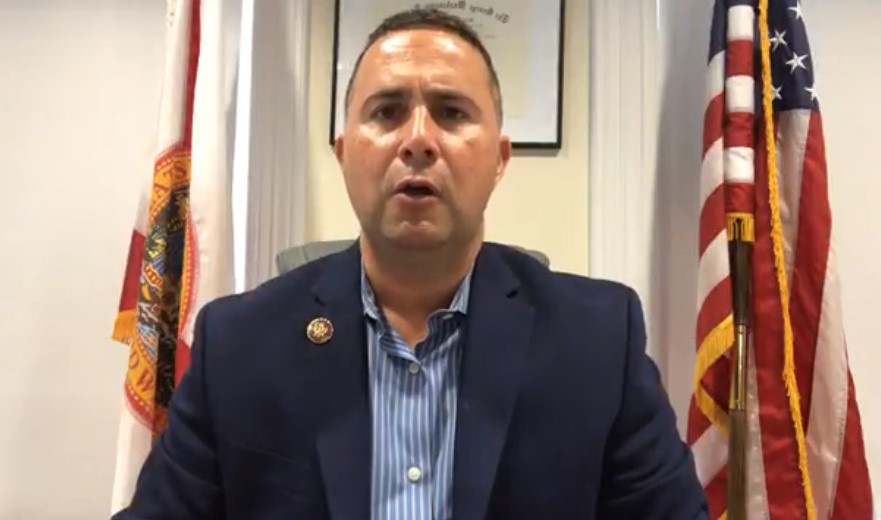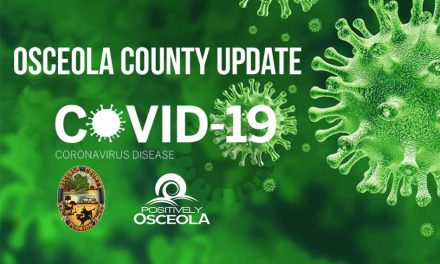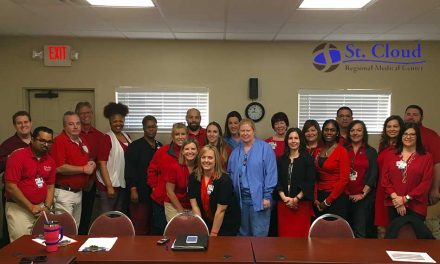So what will define our recovery from the coronavirus?
During a Facebook constituent town hall meeting Thursday, U.S. Rep. Darren Soto detailed what Congress, in cooperation with the Centers for Disease Control and the White House’s Coronavirus Task Force, it’s a four-step process. Some areas of the country will arrive at each step at different times.
- As cases rise, increase testing to 750,000 tests per week
- A 14-day reduction in new cases. The time frame is used to make sure single-day drops aren’t anomalies.
- Improved treatment, and vaccines in place
- Establishing a pattern of long-term recovery.
Soto was part of sweeping Capitol Hill initiatives to help kickstart the economy from the inevitable downturn caused by a majority of businesses closing down and millions of workers furloughed or laid off. COVID-19 testing was made free, sick pay for those self-quarantining was approved at the federal level, unemployment was expanded to furloughed employees and those freelance or “gig” workers paid on 1099 forms rather than W-2s. The only wrinkle is that all unemployment must be applied for through the Florida Department of Economic Opportunity, which has been a tough system to navigate with hundreds of thousands of people access it.
Keep plugging away, Soto said.
But the most meaningful part of the stimulus package is the $1,200 per person who made less than $75,000, or $2,400 per couple that made less than $150,000, they will receive, along with another $500 for each child under age 16. A family of four with two smaller children will get their $3,400 in mid to late April
“Help is on the way,” Soto said.




















